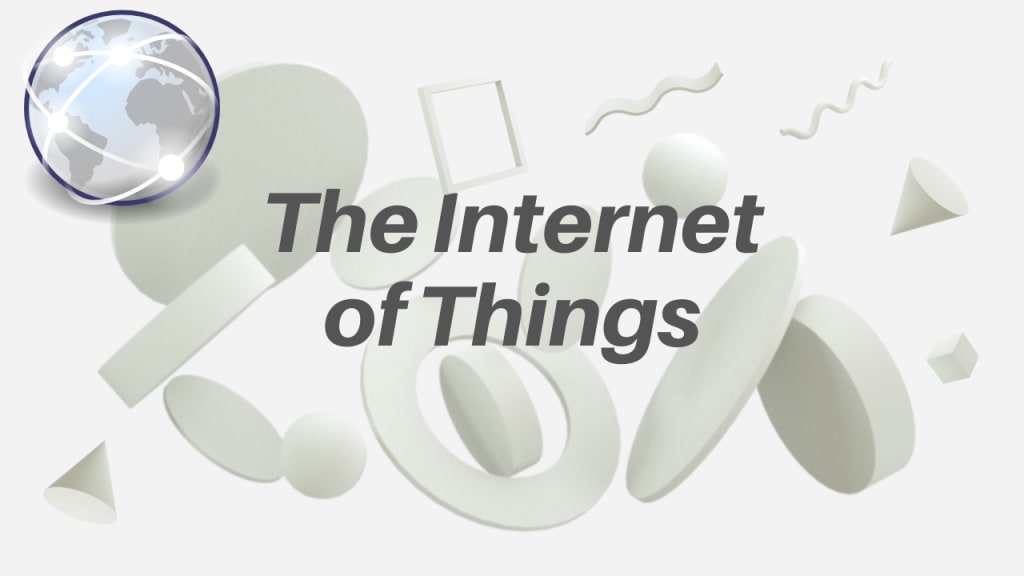Everything you need to know about IoT (Internet of Things)
As IoT continues to evolve and mature, it is likely to become an even more essential part of our daily lives.

The Internet of Things (IoT) is a network of interconnected physical devices, vehicles, and other objects that are embedded with sensors, software, and connectivity to enable them to collect and exchange data. This technology has the potential to revolutionize the way we interact with the world around us, from our homes to our workplaces, to the cities we live in.
The concept of IoT has been around for some time, but it has only become a mainstream technology in recent years, as the cost of sensors and connectivity has decreased, and the availability of wireless networks has increased. Today, IoT is being used in various industries, such as healthcare, agriculture, manufacturing, transportation, and retail, to automate and optimize various processes.
One of the key benefits of IoT is the ability to collect real-time data and perform analytics to gain insights into various phenomena. For example, in agriculture, IoT sensors can be used to monitor soil moisture, temperature, and other environmental factors to optimize crop growth and yield. In healthcare, IoT devices can be used to monitor patients' vital signs and alert medical professionals to potential health issues.
In addition to improving efficiency and productivity, IoT can also improve safety and security. For example, IoT sensors can be used to monitor and detect gas leaks, fire, and other potential hazards in industrial settings. In transportation, IoT sensors can be used to optimize traffic flow and reduce congestion, making roads safer for drivers and pedestrians.
One of the challenges of IoT is the need to ensure the security and privacy of data. With more and more data being collected and stored online, there is a growing need for robust security measures to protect against cyberattacks and data breaches. IoT devices are also vulnerable to attacks, and as such, need to be designed with security in mind.
Another challenge is the need to ensure interoperability between different IoT devices and systems. As IoT devices are developed by different manufacturers, they may not always be compatible with each other, which can create issues with data collection, sharing, and analysis.
Despite these challenges, the potential benefits of IoT are vast, and the technology is only expected to grow in the coming years. According to a report by Gartner, the number of IoT devices is expected to reach 25 billion by 2021, up from 8.4 billion in 2017.
In the home, IoT devices are becoming increasingly popular, with devices such as smart thermostats, lighting systems, and security cameras becoming more affordable and accessible to consumers. These devices can be controlled and monitored using smartphone apps, enabling homeowners to customize their environments and control their energy usage.
In the workplace, IoT is being used to improve efficiency and productivity, with devices such as smart sensors and connected machinery being used to optimize manufacturing processes and reduce downtime. In retail, IoT is being used to create personalized shopping experiences, with beacons and other devices being used to track customers' movements and preferences.
In cities, IoT is being used to improve the quality of life for residents, with devices such as smart streetlights and waste management systems being used to reduce energy usage and improve cleanliness. IoT sensors are also being used to monitor air and water quality, enabling city officials to take action to reduce pollution and improve public health.
Overall, the Internet of Things is a technology that has the potential to transform the way we interact with the world around us. From improving efficiency and productivity to enhancing safety and security, IoT is a technology that is being embraced by businesses, governments, and individuals around the world. However, it is important to ensure that the technology is used responsibly and that the security and privacy of data are protected. As IoT continues to evolve and mature, it is likely to become an even more essential part of our daily lives.
Thanks for reading!






Comments
There are no comments for this story
Be the first to respond and start the conversation.